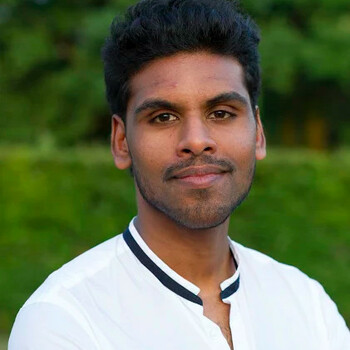Sidarth Radjou
How 3D printing can save millions of lives?
Can 3D printing serve the living?
And if the 3D printing was put for example the service of the surgeons to reduce the risks of accident?
To operate is a manual act. So you have to practice to do it well.
The more we operate, the better we know how to do it. This is where the training of surgeons raises questions of ethics, security and logistics.
For decades, students have practiced on dead bodies of humans or animals, before practicing on real patients which, despite the assistance of experienced practitioners, generates significant risks. So how to make the transition between observation and operation safer?
Sidarth offers us an alternative by offering students a first realistic approach to anatomy through 3D organs which properties are comparable to real human tissues.

Sidarth Radjou a étudié l’ingénierie mécanique et la science des matériaux à l’école CentraleSupélec. Suite à son projet de 3ème année et d’une année dans l’incubateur de l’école, il a co-fondé en Janvier 2015 BIOMODEX avec Thomas Marchand, un entrepreneur diplômé de l’ESSEC. Cette société, basée à Paris (R&D) et à Boston (vente), a pour but de développer des répliques d’organes de patients par imprimantes 3D (organ twin) afin de permettre l’entraînement des chirurgiens avant une opération délicate. Les premiers produits en développement visent des pathologies cardiovasculaires majeures (Anévrisme aorte abdominale, Réparation valve aortique et mitrale,…).
